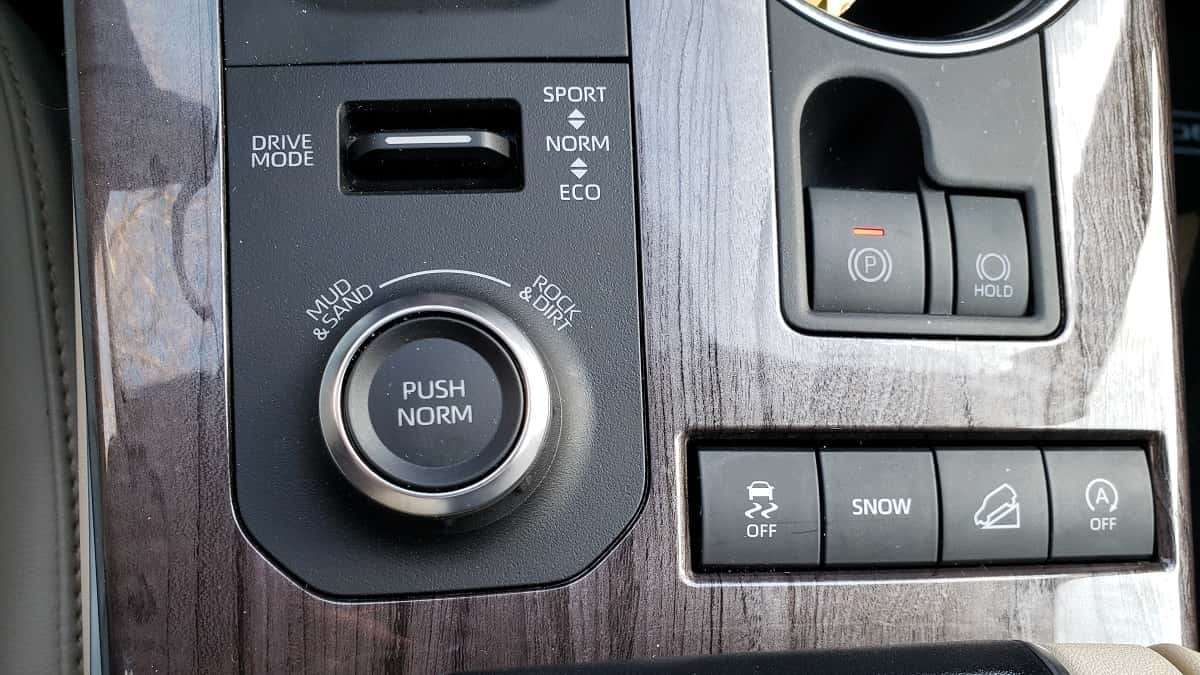If you haven’t driven a new 2021 model year vehicle or one from the past couple of years, you may be surprised by how many ways one can adjust the vehicle’s powertrain. Most people are aware that sporty cars can be adjusted for Normal, Sport, and Comfort Modes. Perhaps also ECO mode. One simply turns a dial or toggles a switch and the vehicle’s transmission and throttle mapping adjust to give you what you prefer.
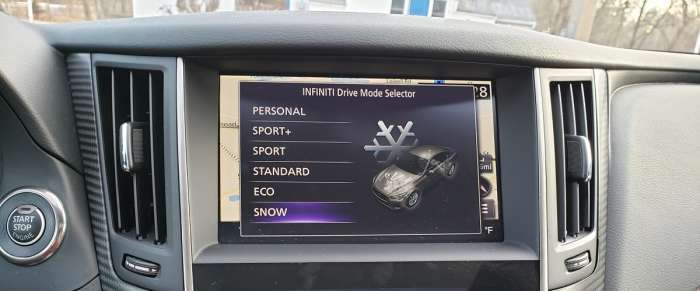
Premium and luxury vehicles like the 2021 Infiniti Q50 S can also adjust the shocks to be firm or soft and the steering feel to be light or heavy.
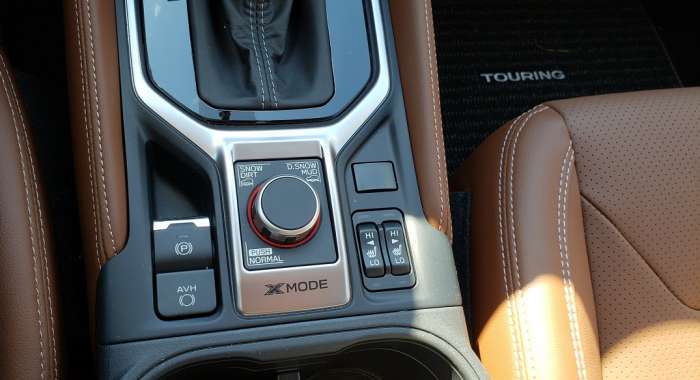
Vehicles designed to be all-road, or even off-road capable also have modes. These can include Snow, Trail, Mud, and similar modes. Some, like Subaru’s Forester line, have dual off-road modes that add in Deep Snow and Deep Mud. We get that. In combination with these off-road modes are scenario-specific modes like hill descent control. That helps you to head down a slippery slope without the ABS preventing braking and simulates a low-range transfer case. Hill hold is different. That allows you to set the brakes so that if you need to make a K-turn on a hill while on a slippery surface, you don’t have vehicle movement while you shift from D to R to D. It all works great. We’ve used it in the real world many times. Wondering what the "AHV" button in the Subaru image above is for? It stops your vehicle from creeping forward in Drive when you are in traffic.
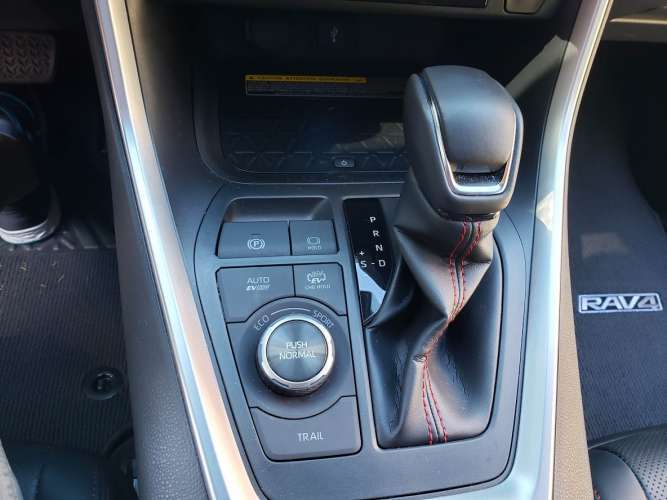
The next mode adjustment possible relates to green vehicle driving. In vehicles like hybrids and plug-in hybrids like the new Highlander Hybrid or RAV4 Prime, one can choose how to allocate the electric motor drive the vehicle offers. These modes include EV only, hybrid only, and sometimes also a mode that saves the battery up for later. That works great if you are on the highway early on a long trip, but will have a lot of stop and go at the end of the trip. Saving the battery makes sense. Of course, then there is Manual Mode. That allows you to use the paddles or shift selector to manually choose your gears or engine RPM range. So, add in a fourth set of modes if you like.
The funny thing is, most of these settings are just electronic. There is no mechanical “switch” or coupling you are engaging or disengaging with levers or cables. So, automakers have decided to throw the whole kit and kaboodle at pretty much all of their vehicles. The most mundane vehicles get a sport mode. The softest crossovers get a trail mode. The most interesting thing is they make the most sense in these cases. Should a BMW M3 need a “Sport Mode?” Should a Subaru Forester need a “Trail Mode?” That is their raison d'être (reason for being).
The pricier the vehicle, the more options you have. Premium vehicles usually let you pick and choose from the various benefits the drive modes offer and then set a “Personal Mode.” For the driver who likes very light steering, a stiff suspension, and ECO mode to retard the engine’s performance we guess.
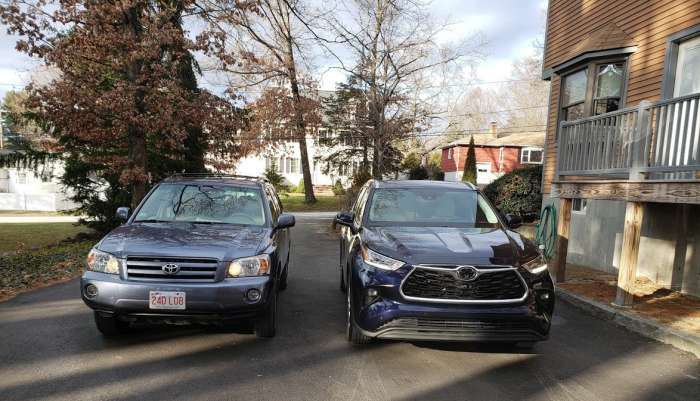
We recently tested a new 2021 Toyota Highlander. The Highlander has three main places in which you can adjust the powertrain, plus more options for things like lane centering and traction control. (see top of page image) Before the Highlander showed up, one of my colleagues and I were chatting and he said, “I loved that Highlander, but the buttons have gotten out of control.” Now I understand what he meant. I had assumed it was the infotainment system buttons, but that system is mostly button-free.
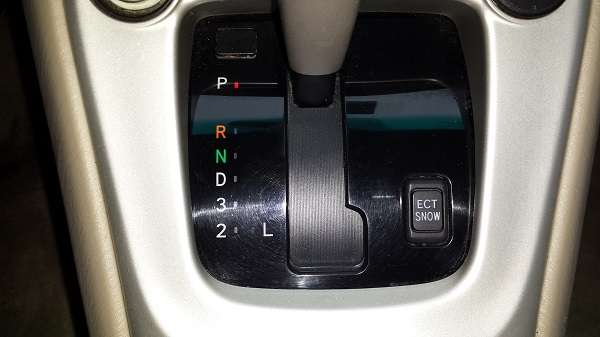
As luck would have it, I own a first-generation Highlander, now 14 years old. I love the vehicle and I have taken it off-road a few times, I’ve driven it on unplowed roads in deep snow many times, and I have been soft-roading on logging trails and unmaintained dirt roads all over the Northeast for 14 years. It has two modes. Drive, and a “Snow” button that simply locks out first gear so you start off in second which has less torque. The AWD system is robust and the vehicle is a beast with winter tires. It is simply unstoppable. Like all older vehicles, it also has a “Low mode” which locks in first gear. That is great for those steep slippery slopes.
Related Story: Why Used Toyota Highlanders make such great winter beaters
I love both of these Highlanders. As a family vehicle, they are outstanding. There is no scenario I can imagine where the old or the new would not get a family to its destination. Is it the right vehicle to take rock-hopping in Moab? No. Actually, why would you take a vehicle there anyway as opposed to a mountain bike or ATV? But I digress.
When you shop for your next vehicle, be sure to allocate a half hour with the manual or dealer expert to understand the twelve different drive modes your new family vehicle will have. They all work, and they all make sense. Just like the single added snow mode in the Highlander did 14 years ago.
Image Note: All images by John Goreham. Re-use with permission only.
John Goreham is a long-time New England Motor Press Association member and recovering engineer. Following his engineering program, John also completed a marketing program at Northeastern University and worked with automotive component manufacturers. In addition to Torque News, John's work has appeared in print in dozens of American newspapers and he provides reviews to many vehicle shopping sites. You can follow John on Twitter, and view his credentials at Linkedin

